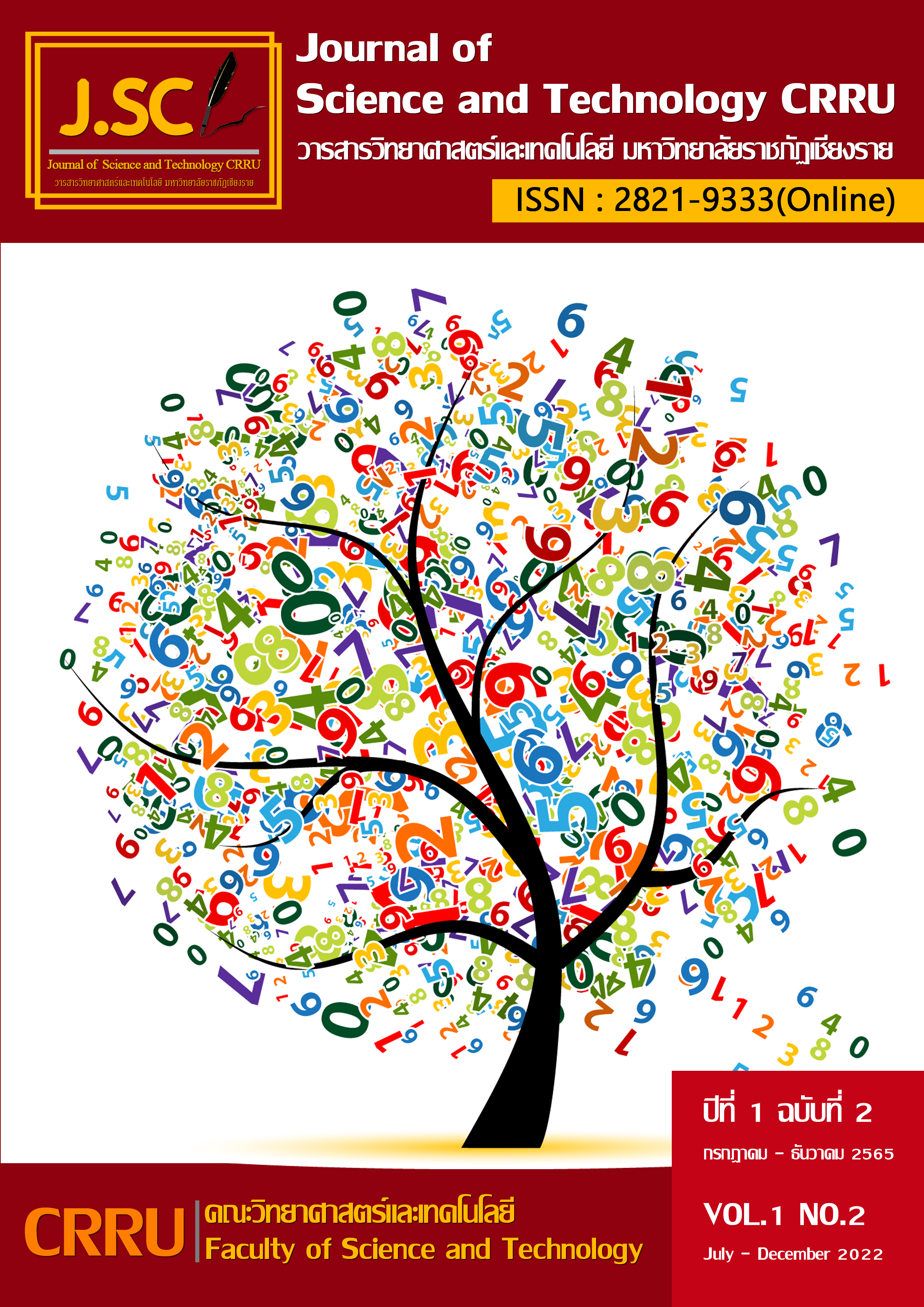Health literacy among patients with type2 diabetes mellitus who receive services in government hospitals under the Ministry of Public Health, Phetchabun Province
Main Article Content
Abstract
This study aims to measure the level of health literacy. This was a cross-sectional descriptive study. The sample consisted of patients with type 2 diabetes mellitus (T2DM) who were followed at three government hospitals under the Ministry of Public Health, Phetchabun province, in 2019. The stratified and two-stage cluster random sampling was used. A sample of 544 patients with T2DM was collected. Data were collected by answering a questionnaire. Descriptive statistics, frequency, percentage, and mean to measure the level and describe health literacy. All analyses were conducted using R statistical language (v3.2.4). The results showed that two-thirds of patients with T2DM had a high level of health literacy. When considering each aspect has a high level of health literacy in reading essential medical words (82.7%), need for help with health information (71.5%), and ability to access or seek health information (67.6%). We found that they had a low level of health literacy in terms of comprehension of numbers (high level of only 27.6%), cognition of disease and treatment (high level of only 34.9%), and decision-making (high level of only 40.4%). Also, Health personnel should organize activities to enhance their skills and experiences in numerical comprehension and understanding of the disease and its actions and decision-making in different situations. To provide patients with type 2 diabetes with a high level of health literacy.
Article Details

This work is licensed under a Creative Commons Attribution-NonCommercial-NoDerivatives 4.0 International License.
Journal of TCI is licensed under a Creative Commons Attribution-NonCommercial-NoDerivatives 4.0 International (CC BY-NC-ND 4.0)
References
Saeedi, P., Petersohn, I., Salpea, P., Malanda, B., Karuranga, S., Unwin, N., Colagiuri, S., Guariguata, L., Motala, A. A., Ogurtsova, K., Shaw, J. E., Bright, D., Williams, R., & IDF Diabetes Atlas Committee. (2019). Global and regional diabetes prevalence estimates for 2019 and projections for 2030 and 2045: Results from the International Diabetes Federation Diabetes Atlas, 9th edition. Diabetes Research and Clinical Practice, 157, 107843. Retrieved from https://doi.org/10.1016/j.diabres.2019.107843
King, H., Aubert, R. E., & Herman, W. H. (1998). Global burden of diabetes, 1995-2025: Prevalence, numerical estimates, and projections. Diabetes Care, 21(9), 1414–1431. Retrieved from https://doi.org/10.2337/diacare.21.9.1414
Aekplakorn, W., Chariyalertsak, S., Kessomboon, P., Assanangkornchai, S., Taneepanichskul, S., & Putwatana, P. (2018). Prevalence of Diabetes and Relationship with Socioeconomic Status in the Thai Population: National Health Examination Survey, 2004-2014. Journal of Diabetes Research, 2018, 1654530. Retrieved from https://doi.org/10.1155/2018/1654530
Harding, J. L., Pavkov, M. E., Magliano, D. J., Shaw, J. E., & Gregg, E. W. (2019). Global trends in diabetes complications: A review of current evidence. Diabetologia, 62(1), 3–16. Retrieved from https://doi.org/10.1007/s00125-018-4711-2
Khan, M. A. B., Hashim, M. J., King, J. K., Govender, R. D., Mustafa, H., & Al Kaabi, J. (2020). Epidemiology of Type 2 Diabetes—Global Burden of Disease and Forecasted Trends. Journal of Epidemiology and Global Health, 10(1), 107–111. Retrieved from https://doi.org/10.2991/jegh.k.191028.001
Bommer, C., Sagalova, V., Heesemann, E., Manne-Goehler, J., Atun, R., Bärnighausen, T., Davies, J., & Vollmer, S. (2018). Global Economic Burden of Diabetes in Adults: Projections From 2015 to 2030. Diabetes Care, 41(5), 963–970. Retrieved from https://doi.org/10.2337/dc17-1962
Marathe, P. H., Gao, H. X., & Close, K. L. (2017). American Diabetes Association Standards of Medical Care in Diabetes 2017. Journal of Diabetes, 9(4), 320–324. Retrieved from https://doi.org/10.1111/1753-0407.12524
กองสุขศึกษา กระทรวงสาธารณสุข และมหาวิทยาลัยมหิดล. (2565, 15 สิงหาคม). การพัฒนาเครื่องมือวัดความแตกฉานด้านสุขภาพ สำหรับผู้ป่วยโรคเบาหวาน และความดันโลหิตสูง. สืบค้นจาก http://www.hed.go.th/news/5522
Bailey, S. C., Brega, A. G., Crutchfield, T. M., Elasy, T., Herr, H., Kaphingst, K., Karter, A. J., Moreland-Russell, S., Osborn, C. Y., Pignone, M., Rothman, R., & Schillinger, D. (2014). Update on health literacy and diabetes. The Diabetes Educator, 40(5), 581–604. Retrieved from https://doi.org/10.1177/0145721714540220
Daniel WW (1999). Biostatistics: A Foundation for Analysis in the Health Sciences. 7th edition. New York: John Wiley & Sons.
Abdullah, A., Liew, S. M., Salim, H., Ng, C. J., & Chinna, K. (2019). Prevalence of limited health literacy among patients with type 2 diabetes mellitus: A systematic review. PloS One, 14(5), e0216402. Retrieved from https://doi.org/10.1371/journal.pone.0216402
Salganik, M. J. (2006). Variance Estimation, Design Effects, and Sample Size Calculations for Respondent-Driven Sampling. Journal of Urban Health : Bulletin of the New York Academy of Medicine, 83(1), 98–112. Retrieved from https://doi.org/10.1007/s11524-006-9106-x


